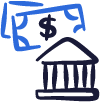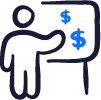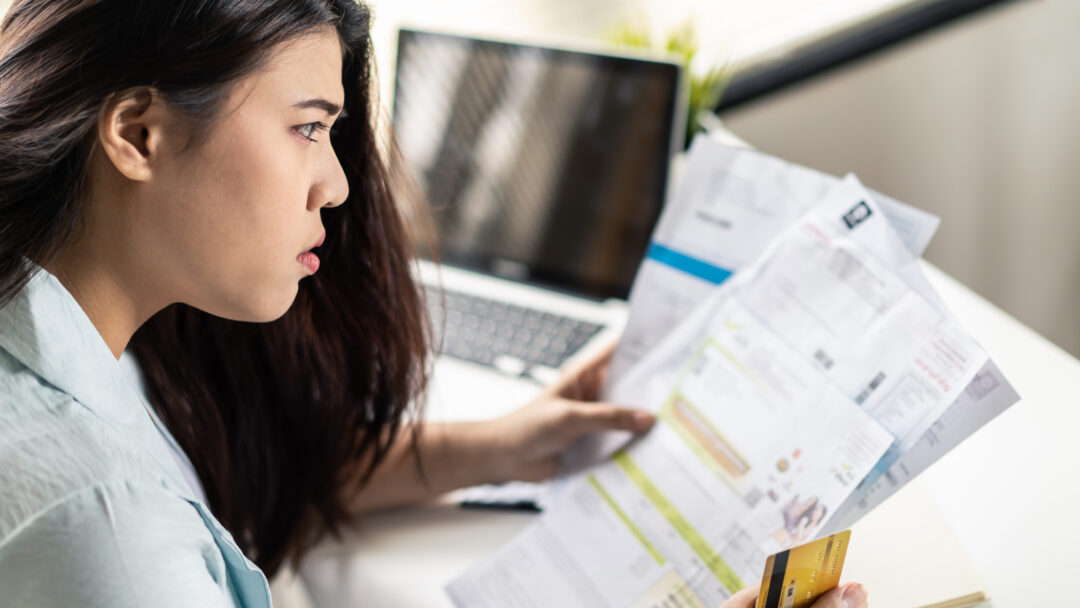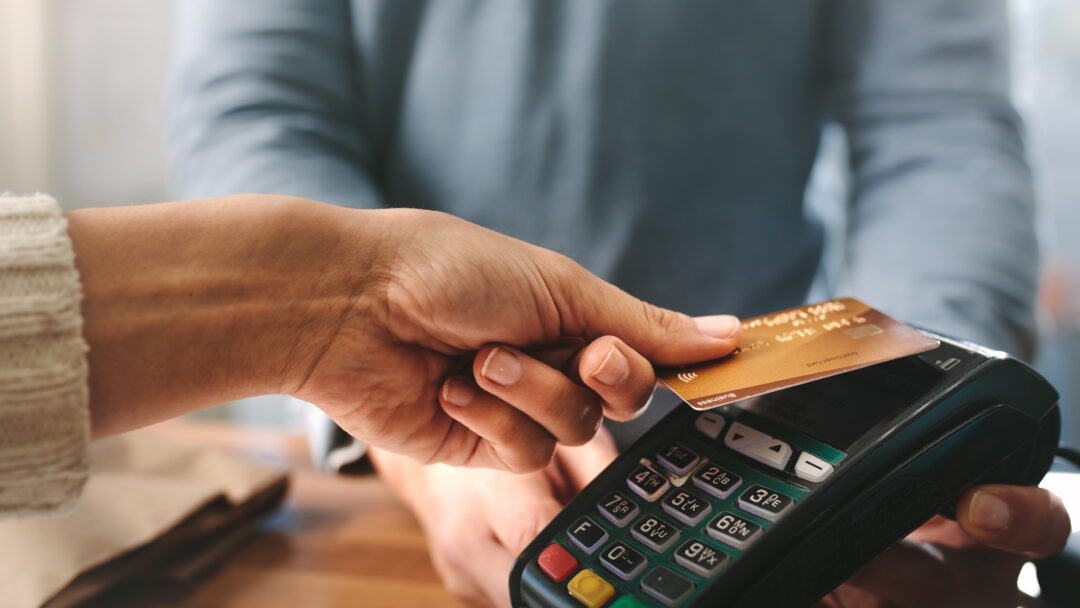How to Eliminate and Pay Off Credit Card Debt for Good
- Credit card debt relief can help negotiate a reduced repayment amount, making it easier to pay off debt in less time with lower monthly payments.
- The Snowball Method (smallest to largest debt) builds motivation, while the Debt Avalanche Method (highest interest first) saves more on interest.
- Paying more than the minimum, targeting high-interest debts first, and organizing debts by priority can accelerate debt resolution.
- Setting financial goals, budgeting, and identifying the root cause of debt are crucial steps for long-term financial stability.
- Consider debt relief assistance if minimum payments are overwhelming or if previous self-attempts have failed.
In the last quarter of 2022, credit card balances increased by $61 billion to $986 billion, a record high according to the New York Federal Reserve Bank’s Quarterly Report on Household Debt.
Free Consultation With a Certified Debt Specialist
Start with a Free No-Obligation Consultation
In the last quarter of 2022, credit card balances increased by $61 billion to $986 billion, a record high according to the New York Federal Reserve Bank’s Quarterly Report on Household Debt.
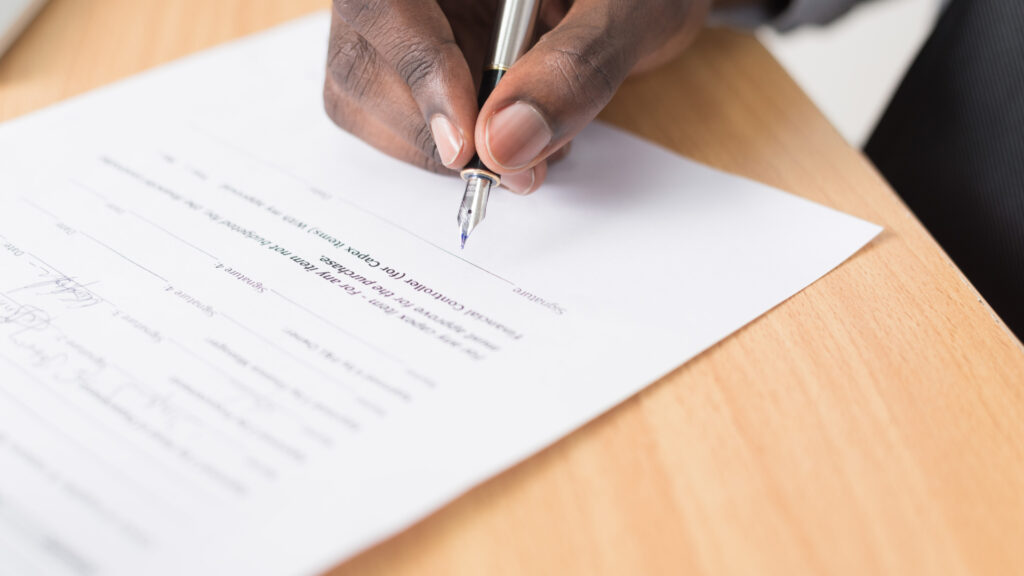

Start Paying Off Your Credit Card Debt Today!
Debt Payoff Methods
There are two ways you can accelerate debt repayment to settle your outstanding balances in a shorter amount of time.
The debt avalanche method involves making minimum payments on all your outstanding credit card accounts. You then add any remaining money to the creditor with the highest interest rate. This cycle continues until you have paid every credit card balance in full. Using the debt avalanche method will save you the most in interest.
Make a list of your individual debts, arranging them in order from the highest to the lowest interest rate. Now total your minimum monthly payments to get an idea of how much you need to cover those bills. Then subtract that sum from the amount earmarked for your monthly bills. Now you will know how much extra money you have to start paying off your first bill.
Advantages and Disadvantages
- Pros:
- Minimizes the amount of interest you pay
- Lessens the amount of time it takes to pay off your debt
- Good for budget-oriented people
- Cons:
- Takes discipline and commitment to pull off
- Requires a constant amount of discretionary income
Debt Payoff Strategies
With the right strategy, paying off your debt could be faster and less stressful than you think. Choose the plan of action that works best for your financial situation and your comfort level.
- Pay off high interest credit cards first
As discussed above, the debt avalanche method will save you the most in interest payments. - Categorize your debt
This simply means that you sort all your debts to see which one has the highest interest rate. - Pay off the smallest debt first
As discussed above, you pay off your credit card debt from the smallest to the largest balance using the snowball option. - Pay more than the minimum
If you pay more than the minimum balances on your credit cards, you can resolve your debt faster and save on interest.
Make a Plan
Planning for the future helps you take the proper actions needed to reach your goals within a specific timeframe.
- Set goals
Make a list and determine if the goal falls into the short-, intermediate- or long-term timeline. For instance, a short-term goal (within a year) could be saving money while a long-term goal could be preserving your lifestyle in retirement.Write down the steps necessary to achieve your goals, then do what is necessary to achieve them. Stick firmly to your plan for the best chance of success. - Determine your spending priorities
Decide which credit card payments should be paid off first. This could be high interest rate credit cards or tackling the smallest balances first. - Create a budget
Following a budget can help keep your spending in check and your savings on track. It takes discipline not to fall back into old spending habits but if you stick to the plan, it can become second nature. - Identify the problem
If you took on debt due to a job loss, unexpected medical event, death, or a different challenge, it could be a one-time event through no fault of your own. But if impulse shopping got the best of you, it is time to reset your spending habits if you have any chance of remaining debt free. - Hire a Debt Relief Expert
You might want to consider working with a Debt Coach at National Debt Relief. They can help you choose the best payment option for your situation. Then you may pay off your debt for less than you owe, and in a shorter amount of time.
When to Consider Debt Relief
Debt relief isn’t a one-size fits all solution. So, before going over your options, see if you qualify to enroll in a debt relief program.
You might want to consider this repayment method if:
- You are paying just the minimum on your credit card bills or other loans
- You are still up to date on your bills, but you are living paycheck to paycheck
- You have tried to cut down your debt by yourself, but it hasn’t worked, and you need help
- You are so overwhelmed, you have considered drastic solutions like bankruptcy
If you are still accumulating debt, debt relief alone may not be enough. You may also need to address the spending habits that are holding you back. A National Debt Relief Debt Coach can walk you through your options and then support you throughout your journey.
All You Need To Know
We’ve put all of our essential resources in one spot. Everything from debt resolution to taking control of your financial future . Need to talk? Our experts are here to help. Call us anytime for a free no-obligation consultation.
Pay off your credit card debt
- Discover How Much You Could Save
- See How Quickly You Can Take Back Your Life
- Never Pay A Fee Until An Account Is Settled
Essential Reading
The latest debt relief news, tips, and resources from our team.
We have helped over 1.2 million people toward a brighter future.
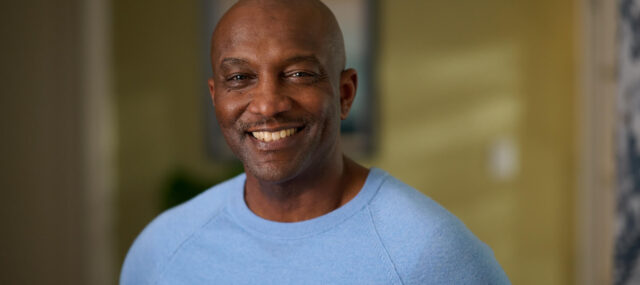
Now I wake up knowing that I am paying off my debt, it’s like a weight lifted off my chest and I can breathe a bit more.

“The anxiety is gone, I am credit card debt-free. And that right there, I never thought I would be able to say those words, and it just feels so good.”
Michelle saved 23% on her debt
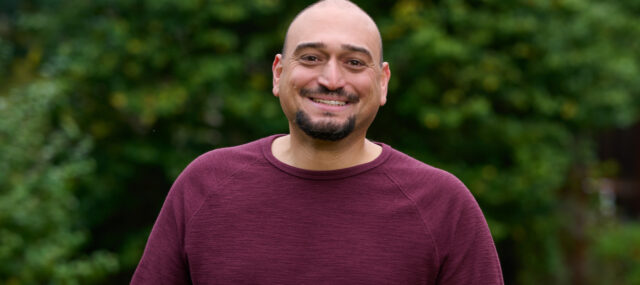
Now I’m able to go on vacation for the first time in a long time- I was able to go and relax. I couldn’t do that before.
